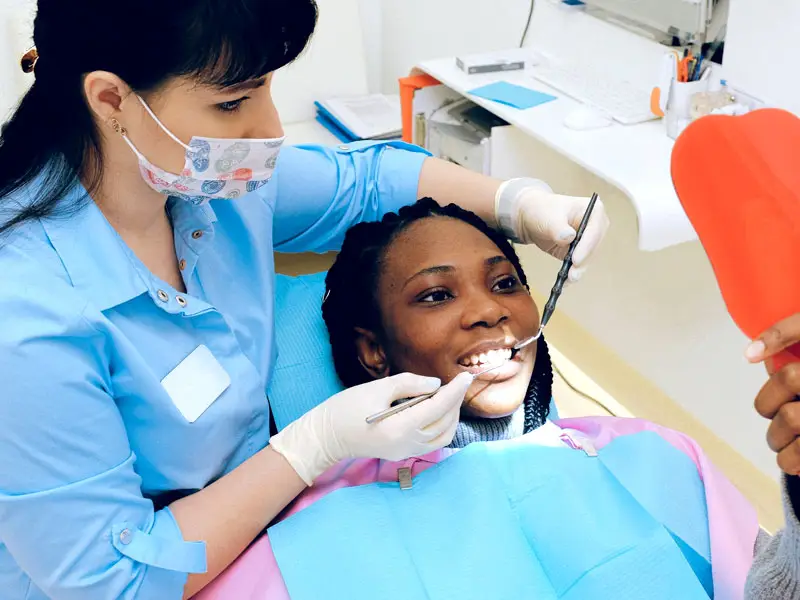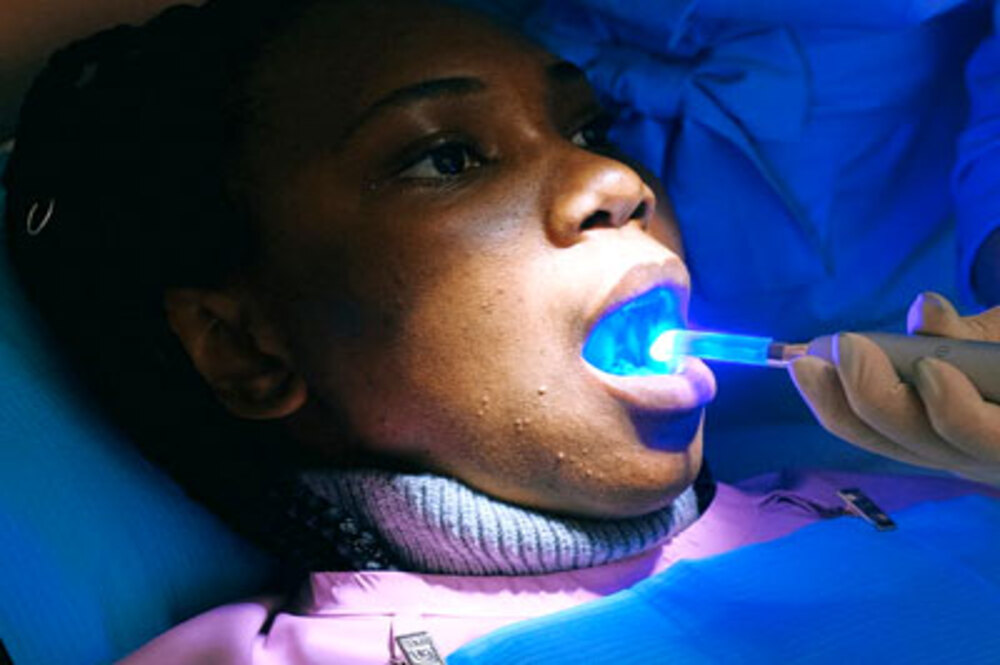Human dentition consists of 32 teeth. anterior ( front teeth ) and posterior ( molars and premolars).
There are 6 anterior teeth and 10 posterior teeth including 4 premolars and 6 molars in each upper and lower jaw.
The third molars or what we often call wisdom molars are the last molars to erupt in the mouth.
Third molars usually erupt in the mouth from the age of 25 years onwards.
Let us see in detail about the third molar.
There are four third molars erupt in the mouth. Two each in the maxillary ( upper arch ) & mandibular ( lower arch ). They are the last teeth to erupt. Third molars erupt in the most posterior region of the jaw.
Eruption of the third molar is dependent on many factors like
1) space available for tooth
2) anatomical structures in the region
3) angulation for the eruption
1) space available for eruption
As third molars erupt late, and in the most posterior regions, many times, there is very little space available for eruption.
Particularly in the mandibular third molar region, the anterior border of the ramus starts immediately from the buccal side of the second molar.
In such cases, there is hardly any space left for the third molar to erupt and it remains impacted into the bone.
This impacted tooth may never erupt in the mouth.
If it tries to erupt, it exerts a lot of pressure on surrounding structures, like the second molar, mandible, muscles of mastication.
Let’s see symptoms when the third molar erupts:-
If there is no or very little space available for the third molar, it has to overcome all obstacles to erupt in the mouth.
A) sudden spontaneous pain in the lower jaw.
The patient complains of sudden spontaneous pain associated with the lower jaw.
The pain usually radiates from the lateral part of the head, involves the lower jaw of the respective side, to molars and anterior teeth on the same side.
Sometimes the pain radiates to the neck. This tremendous pain affects the overall health of the patient. This Pain usually starts at night when lying down.
B) Unable to open mouth / trismus :-
As pain progresses, swelling appears in that region. And it propagates to the extraoral region.
This swelling inhibits the patient from opening the mouth completely. And it hurts a lot if try to open your mouth.
C) difficulty in swallowing:-
The swelling associated with the third molar involves the inner part of the mouth and soft palate.
This may cause difficulty in swallowing and unable to eat anything.
Pain may radiate to the throat.
D) cheek bite:-
buccally placed maxillary third molars often causing cheek bites, oral mucosa gets lacerated and leads to ulcerations. This frequent ulceration is not good as continued trauma to soft tissue may turn soft tissue into cancerous tissue.
E) food lodgement and decay to the third and second molar.
Sometimes, the third molar partially erupts and in mesiodistal inclination, food gets stuck in between the second molar and the third molar. And decay starts involving both teeth simultaneously.
If the third molar is not removed, the second molar also gets decayed, and then it requires root canal treatment. So because of the inclined third molar, the unnecessary second molar has to suffer.
Mostly, third molars are very approximate mandibular canal that carries mandibular nerves and vessels. Any damage to these nerves and blood vessels leads to complications like numbness to lips and cheeks. This paresthesia ( numbness ) is either permanent or temporary but it definitely affects its function.
The dentist suggests the patient take a full mouth x-ray ( OPG ) to check the angulation and approximate of the third molar to surrounding anatomical structures.
For details about OPG please check the blog about different digital x-rays.
All these symptoms appear frequently. And if third molars are not removed, they affect well being of the patient.



